When the Vikings arrived in Scotland, they brought with them their own rules, laws and ways of living. So, what was it like to live in Viking Scotland?
The Vikings would have a meeting called a Thing where they would settle arguments and all make decisions.

How was Viking society organised?
Vikings had their own laws and government. When a community needed to settle problems or make decisions, they would gather together at a meeting called a Thing.
People could vote on what should happen. For example, the Thing might decide who owned a piece of land or how to punish a criminal. All this was overseen by a chieftain or a judge known as a law-speaker.
Viking laws were not written down, so laws were passed from person to person by word of mouth. People who broke the law became outlaws. They were forced to live in the wilderness and anyone was allowed to hunt them down and kill them.
Vikings could also settle arguments with a fight. They held a type of duel, known as a Holmgang. Whoever won the holmgang was seen as being favoured by the gods.

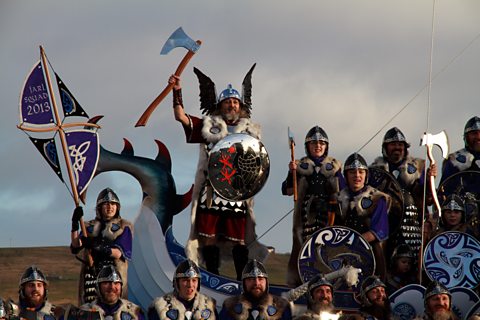
How was Viking society organised?
In the early Viking Age, society was divided into three classes.
Jarls were rich landowners or traders. They had land, property, ships and people working for them. Jarls had to protect and provide for their followers. In return, a jarl could call on his followers to join him on raids or in battle.
Karls. They were the everyday people and did jobs like farming and craft work. Karls weren't as rich or important as the jarls, but they weren't poor either.
At the bottom of the pile were the thralls or slaves. They did the hardest, dirtiest jobs and if they tried to run away they could be killed. However, if thralls could earn enough money they could buy their freedom.

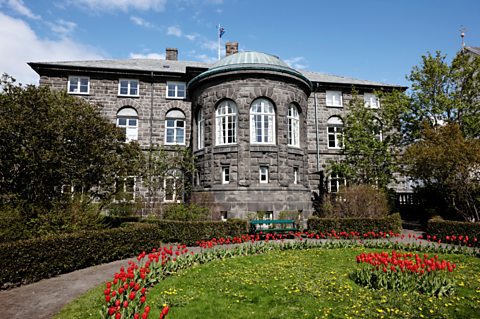
What happened to the Things?
Eventually some jarls became so rich and powerful that they became kings, like Harald Fairhair, first King of Norway.Kings and queens began to take charge of rules, laws and decisions and the Things became less common.
Not all of the Viking Things disappeared, though. The Parliament of Iceland - called the Althing - was set up by Vikings and it is still going strong after over a thousand years! It is often claimed that it is the oldest parliament in the world.
The Isle of Man's parliament - called the Tynwald - also started as a Viking Thing and is more than one thousand years old.

More on Vikings
Find out more by working through a topic
- count5 of 9
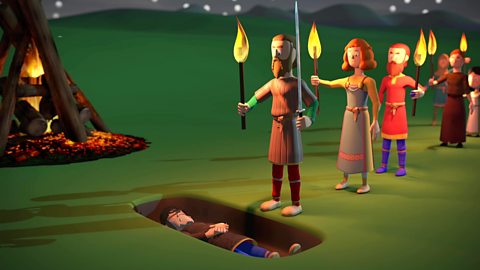
- count6 of 9
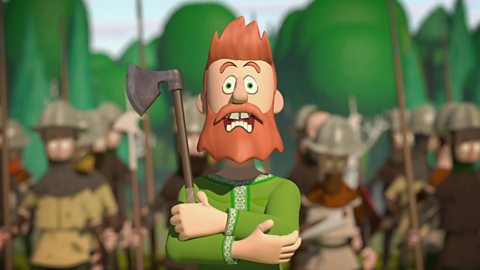
- count7 of 9
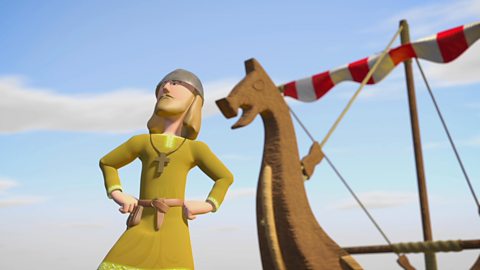
- count8 of 9
